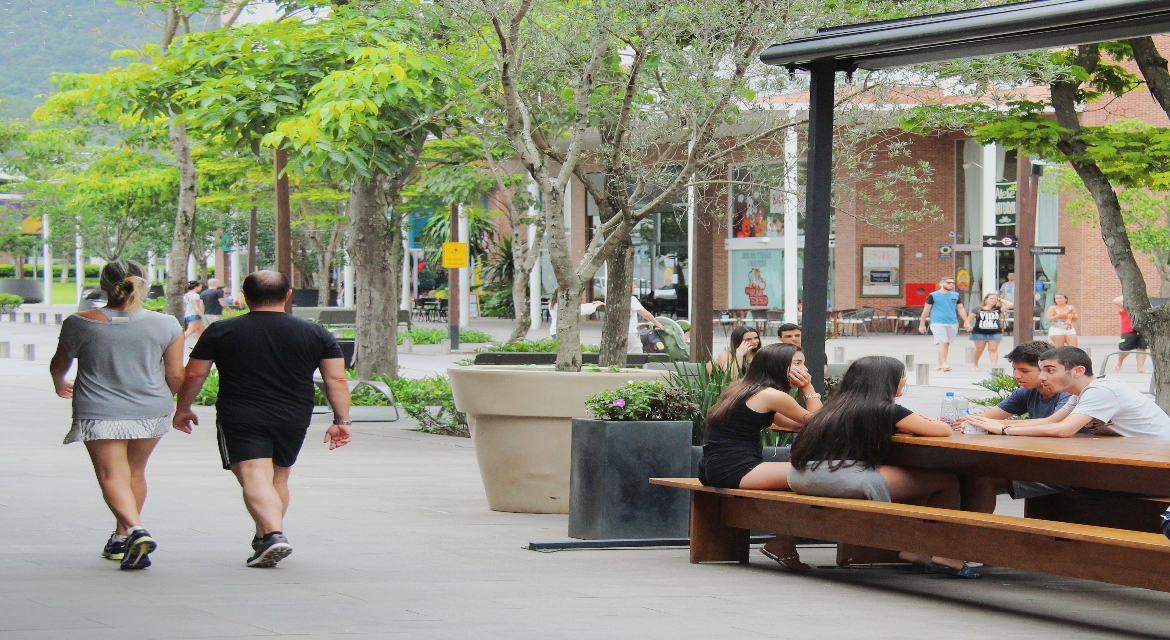While in Brazil the flexibilization of social isolation measures begins after months of restrictions due to the new coronavirus, smart cities like Paris and Copenhagen are already experiencing the first stages of relaxation. Certainly, nothing will be as before. But, what will be the new normal?
To understand what has already changed or what we can expect from now on, it is necessary to evaluate which solutions to complex urban problems have been successful. Only then will it be possible to maintain the sustainable development of cities and make them even more intelligent in the future. Smart cities must start combining technology to improve urban planning and management processes.
By adopting human, social, economic, urban and regional development policies in the reformulation of public spaces, cities are able to meet the 2030 Agenda for Sustainable Development. Check out what will be the new normal in the post-pandemic urban life.
The new normal for smart cities in the post-pandemic world
It is evident that the pandemic has changed consumption habits and how we relate to the city. See what will be the new normal in the post-pandemic world and the main trends in urban planning and management of smart cities.
Adapted living environments
Without a coronavirus vaccine, living environments will have to undergo a series of adaptations to return to work and ensure compliance with hygiene policies to combat the proliferation of diseases. Factor that is already influencing the architecture and urbanism of urban centers, which adapt to the current reality in order to provide an improvement in people’s quality of life.
Establishments reinforce security measures
Commercial establishments have reopened in a big part of the country and this is already a reality in other countries where the pandemic is under control. However, a series of security measures became a requirement for the operation of commercial establishments, such as maintaining the distance between customers, glass plates to form a barrier between the cashier and the customer, mask and alcohol gel available at the establishment entrance, among other initiatives.
Galleries and open-air malls started to be valued
Modern commercial developments connected to the street have a greater potential for resumption in the post-pandemic, especially in comparison with shopping malls. Ventilated and connected to the street, galleries and shared streets may be the future of shopping malls in the post-pandemic world.
Passeio Pedra Branca, the first shared street in Brazil, is an example of a successful modern business model. Pioneering project in terms of new urbanism with wide sidewalks and at the same level as the street that allows walking safely and in harmony with nature. By offering ventilation, shared spaces and connection with the street, they can function by offering less risk of contamination and contributing to the sustainable urban development of the region where it is located.
Intermodality gains strength
In the post-pandemic world, places closer to homes become more valued. Because of this, the incentive to use the bicycle and other active modes becomes an even stronger trend. By promoting intermodality, it is possible to connect alternative modes so that people move through the neighborhood and the city based on more sustainable urban mobility. Initiative that directly contributes to the reduction of greenhouse gases that accelerate climate change.
Now that you already know the main trends of smart cities in the post-pandemic world, discover the characteristics of an urban project that transforms people’s relationship with the city.



